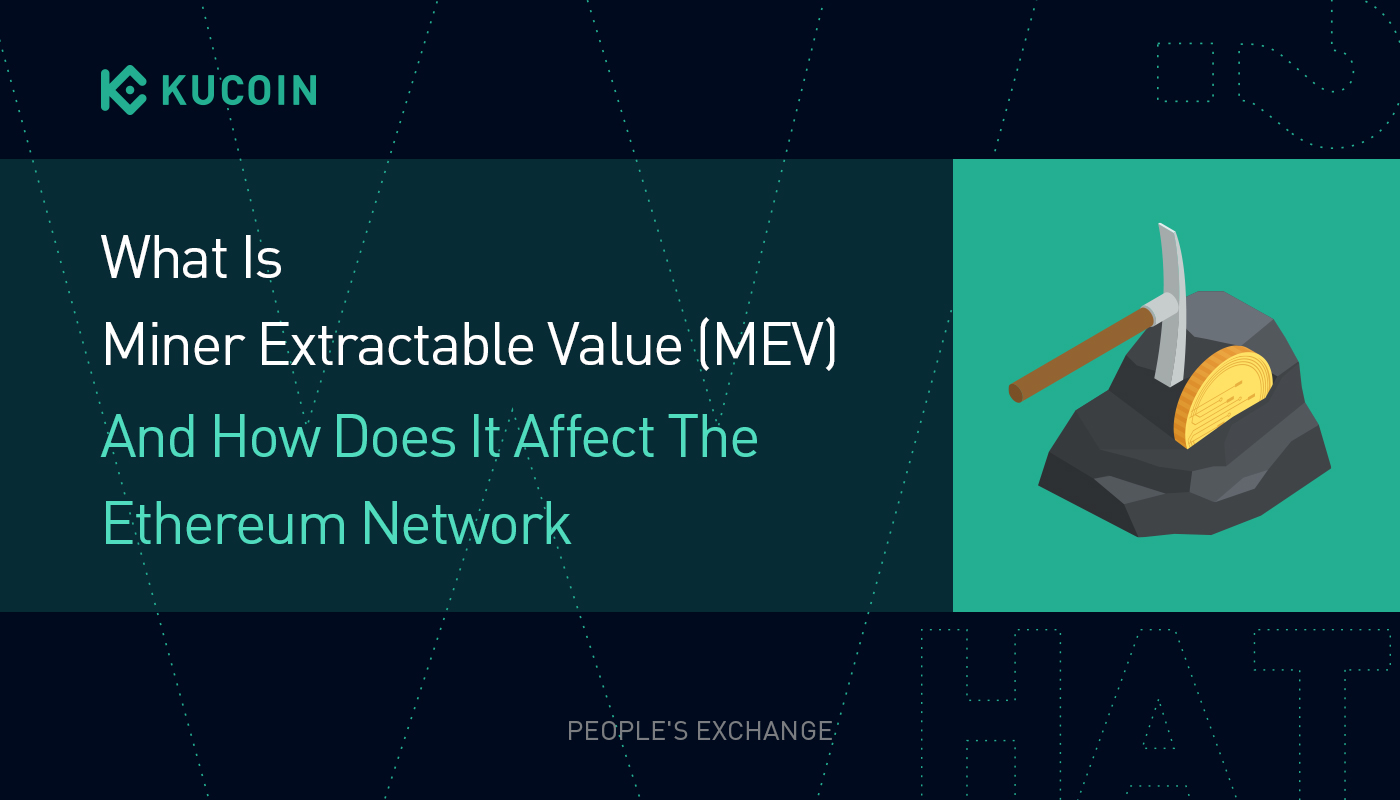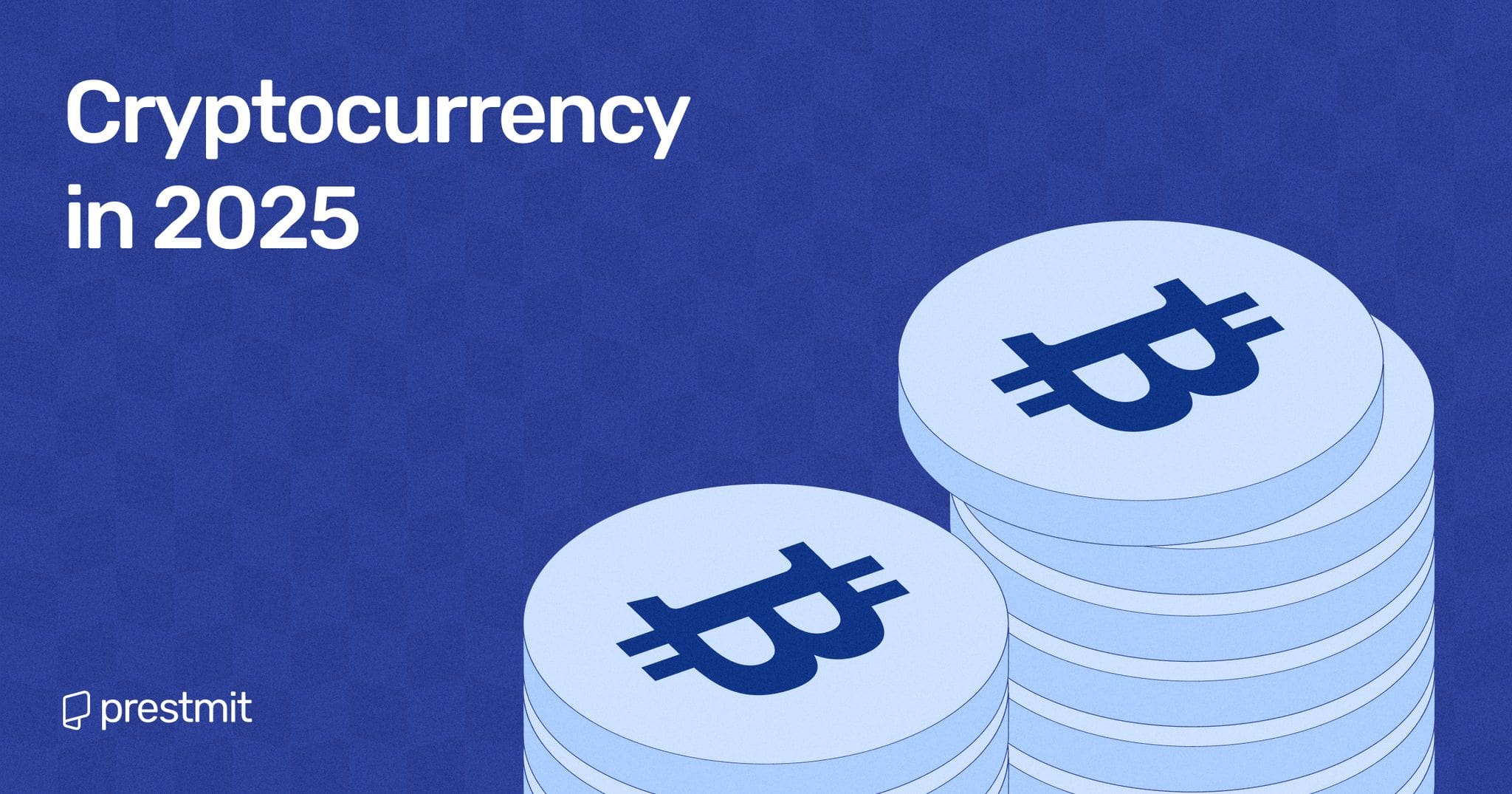
Miner Extractable Value (MEV): The Good, the Bad, and the Ugly
Miner Extractable Value (MEV) seems innocuous enough. Miners, the participants who ensure the security of bitcoin and ethereum, should be paid. The main question is what should they be paid? The answer, a mining reward for the creation of the block as well as any transaction fees from the transactions on the block. As transactions that join a block are the only valid transactions.
The Good and Evil Angels Struggling for Possession of a Child, William Blake
The existence of the equivalent of an open order book in the form of a public mempool has created several opportunities that are not available in traditional financial settings. Such an open order book attracts arbitragers. Arbitragers usually buy an asset cheaply and sell it for a higher value simultaneously making an assured profit. This can happen when the same asset is available on multiple exchanges at different prices. Arbitragers’ function is to smooth out the market prices.
MEV refers to the value that can be extracted by miners or validators from block creation in excess of the standard block reward and transaction fees by managing the content and order of transactions in blocks. In proof of work blockchains such as Bitcoin and pre-merge Ethereum, this acronym was derived from Miner Extracted Value. In post-merge Ethereum where Proof of Stake has replaced the Proof of Work, the acronym stands, however it is now Maximal Extractable Value.
With the arrival of DeFi, the different ways in which MEV can be extracted have changed. Since DeFi protocols started out in Ethereum, MEV in Ethereum has been studied the most. In this text, the term miner is used for all activity, including in post-merge Ethereum where this role is played by block builders.
Satoshi Nakomoto created a section on incentives (No. 6) in the paper that launched bitcoin. This section is one of the earliest on crypto-economics. The argument is that if the miner cheated, they would lose more by cheating than by remaining honest. Such an argument relied on only one protocol, bitcoin. “He (the miner) ought to find it more profitable to play by the rules, such rules that favour him with more new coins than everyone else combined, than to undermine the system and the validity of his own wealth.”
In most public blockchains, the miner chooses transactions from the mempool to assemble a new block. The mempool is a set of transactions that users have created usually through their wallets and are the set of transactions for miners or their proxies to choose for inclusion in the block. All transactions must pass through the mempool, with rare exceptions such as the coinbase transaction in bitcoin. The coinbase transaction is where the miner issues new bitcoin for creating the block and paying it to themselves.
Until the transaction is included in a block, user transactions in the mempool are not confirmed and are not finalized. They can be replaced. Miners choose transactions from the mempool for inclusion into a block based on a complex set of criteria. The most important is the fee attached to the transaction. The items in the mempool are NOT added in the order in which they are received, the miners convert the mempool into a priority queue with those that pay the most transaction fees bumped to the head of the queue.
In contrast to traditional markets, all participants can see the contents of the mempool. Such transparency creates an opportunity for participants known as searchers. Searchers search for arbitrage or other opportunities to profit from potentially market-moving transactions observed in a mempool, or sudden price movements discovered through a standard oracle. Searchers then introduce their own transactions with high fees into the mempool. Further, what is illegal in traditional markets due to limited visibility of the order book to just brokers may be legal in the world where the whole mempool is visible to all.
Front-running by brokers is illegal in traditional markets. Searchers create this capability through bots. DeFi, where leverage magnifies the returns, is a natural cross-site site for a source of value for the miners. This is influenced by the crypto-economics of the whole system, not just one protocol. The system includes all DeFi protocols dependent on the price of an on-chain asset. DeFi has since spread to many other chains as a way for ordinary holders of crypto currency to generate income through yield farming, liquidity provision in AMMs as well as participating in utilities such as L2, in Blockchain Bridges or in Oracles.

Arbitrage opportunities are created due to price differences for the same token in different DeFi protocols. The searcher bot having discovered this difference, can buy the token from the DeFi pool with the lower price and sell the same token in a pool with the higher price to be settled atomically in the same block. To ensure that both transactions go through, the transaction fees are set at a higher level than most other transactions in the mempool. This excess transaction fees are collected by miners, leading to maximally extractable value. Such opportunities are also available wherever such price differences can be arbitraged, they include front running, sandwich attacks and other sources of value extraction.
There is sentiment in the leaders of the community as well as creators that such activity is legitimate and a price to be paid for decentralization and transparency.















